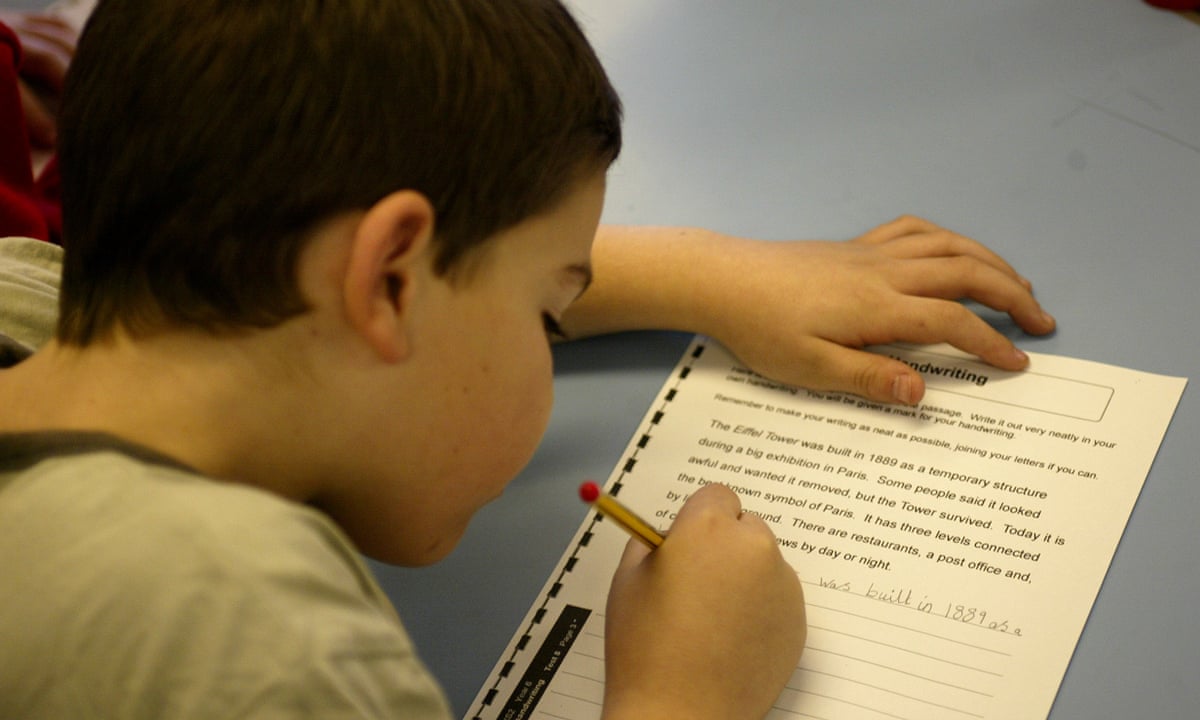Click to change your preferences
15360x2160 (3840x2160x4)
11520x1800 (2880x1800x4)
10240x1440 (2560x1440x4)
7680x1200 (1920x1200x4)
7680x1080 (1920x1080x4)
6720x1050 (1680x1050x4)
6400x1200 (1600x1200x4)
6400x900 (1600x900x4)
5760x900 (1440x900x4)
5464x768 (1366x768x4)
5120x1024 (1280x1024x4)
5120x800 (1280x800x4)
4096x768 (1024x768x4)
Or enter a resolution: (max: 15360x2160) Other options: (What is this?)
(What is this?)
Close
User: PaperHelp
ProfileAbout
When proofreading a paper, it's critical to spot and eliminate any unnecessary words and phrases. Clear, simple language is less complicated to read than rambling sentences with overly complex vocabulary. Fill in empty spaces and alter repetitive phrases with their correct equivalents.
Proofreaders should make a printout of the paper they're reviewing, not the initial. This may save your eyes the strain of scanning the paper help, and it'll facilitate your skip the foremost common errors and grammatical problems. It'll also facilitate if you need help writing a paper and identifying any missing words or run-on sentences that you may have missed. This step also enables you to adopt the position of a reader, which is crucial when proofreading.

It is best to proofread your paper in small chunks, since proofreading the full paper directly is going to be difficult and can take an extended time. you'll also try and start proofreading at the start of the paper, as this may facilitate your identifying any mistakes you missed in previous drafts. While proofreading your paper, you must bear in mind verb tense. looking at the fashion of your paper, you'll use the past or present for references to prior research.
As a proofreader, you would like to possess a radical knowledge of the subject you're writing. the method is more practical and efficient if you practice it regularly. a scientific proofreading strategy helps you identify problematic areas of writing and helps you focus your energy while you're drafting your work. This handout includes seven common errors which will occur in your writing. The mistakes include spelling, punctuation, and grammar errors.

Comments